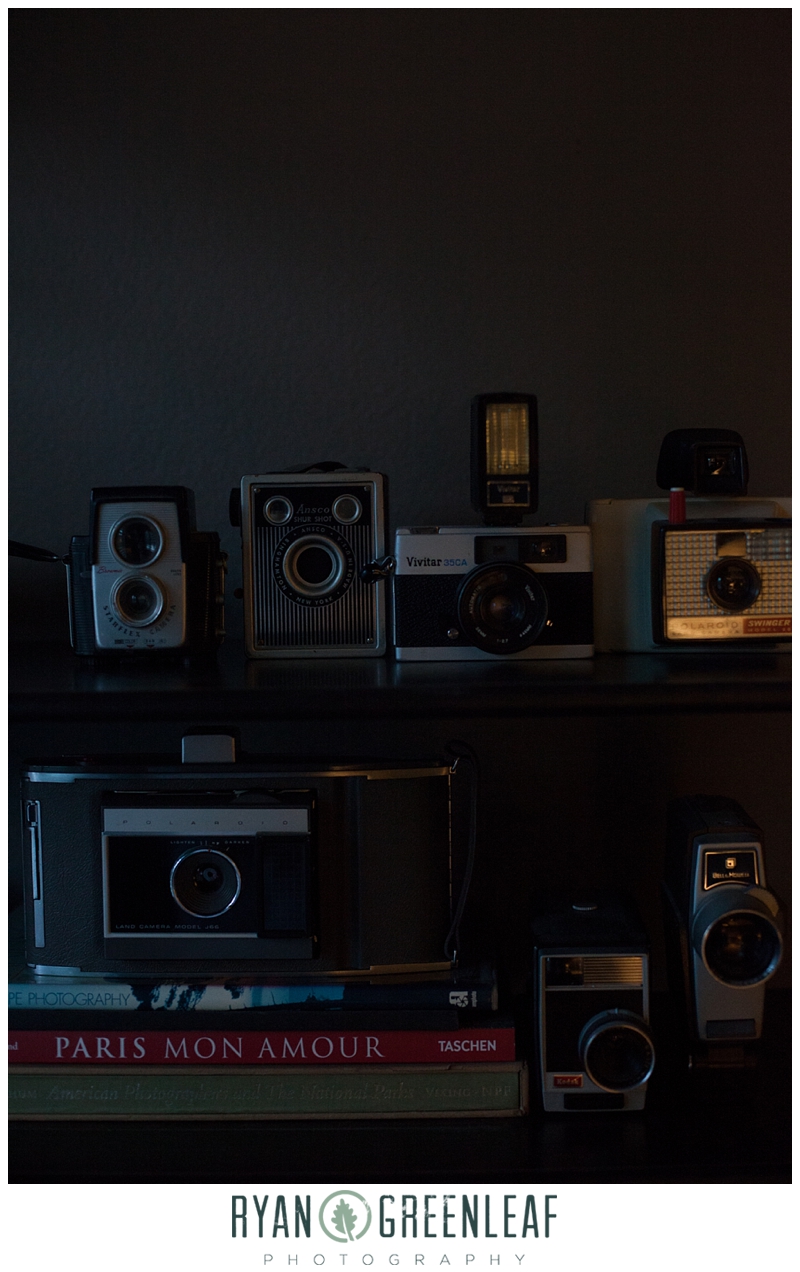Most photographers know what ISO means on their camera. But to someone (like my sister) who isn’t very familiar to camera settings it’s just another function that she doesn’t know about. She asked me… ‘What is this ISO mean?’ I love you sister but I’m using you as an example today 🙂
Just to give you a little background…
In film photography ISO is the indication of how sensitive the film is to light. The film is measured in numbers such as 100, 200, 400, and 800. Faster film, that is, film with a higher ISO rating (like 800), requires less exposure to make a good image. The lower the number, the lower the sensitivity of the film and also less grain in your image.
Still following me?? 🙂
In digital photography, which most of us use today, ISO measures the sensitivity of the image sensor and the same rules apply to digital just as they do in film.
If it’s a nice bright sunny day with plenty of light, use a lower ISO (maybe 100-500). In darker situations, with no flash, bump up the ISO (maybe 800+). It all depends on the lighting situation you are in and how high the sensor of your camera will allow. Since I am such a visual person (as most photographers are) I have an example to show you.
I took these photos last night indoors around 8:30pm right by my window. The sun sets at around that time so there was still a little light outside…but not much. I also had one light on in my room as well.
My shutter speed stayed the same throughout at 1/125 and my f stop remained the same at 2.8. These images were all shot on a Canon 5d mark ii.
As I adjusted my ISO to a higher number, it forced light into my camera. This is beneficial if you are in a low light situation and do not want to use your flash. But beware! The higher the ISO you have the more grain you will have in your image. You can probably notice the change in the images above.
Did I lose you yet??? 🙂
Here are a few places that you may want to bump up your ISO at:
1. Churches: If you are a wedding photographer (or a guest at a wedding) a lot of churches don’t permit you to use flash during the ceremony. The lighting usually isn’t that great either. Bump up that ISO to get a better exposure.
2. Indoors: When you are indoors and there isn’t a lot of available window lighting. I used to photograph Karate tournaments (that were indoors) and I would bump up my ISO so that I could get a faster shutter speed to capture more action.
3. Night time using available light: Another example! (see photo). In this photo, we were outside after the sun had set and I had to use the available light to capture my grandma blowing out her candles. The candle light creates a much more dramatic look rather than if I just used a flash. It’s grainy, yes. But for this situation, I prefer the grain over flash.
My settings for this photo were: ISO 5000 f stop: 2.8 shutter speed: 1/100
If you’re still following me you’re doing great 🙂
Lastly, I must disclaim that I am a manual mode shooter. (you know, theres an Av mode, P mode, etc. manual mode is labeled “M”) If you prefer to shoot in AV mode, the rule still applies about adjusting your ISO…the camera will then choose the shutter speed for you.
I hope sister, and anyone else out there who doesn’t know what their ISO does on their cameras, that you learned a little more about what ISO can do to your images.






comments +